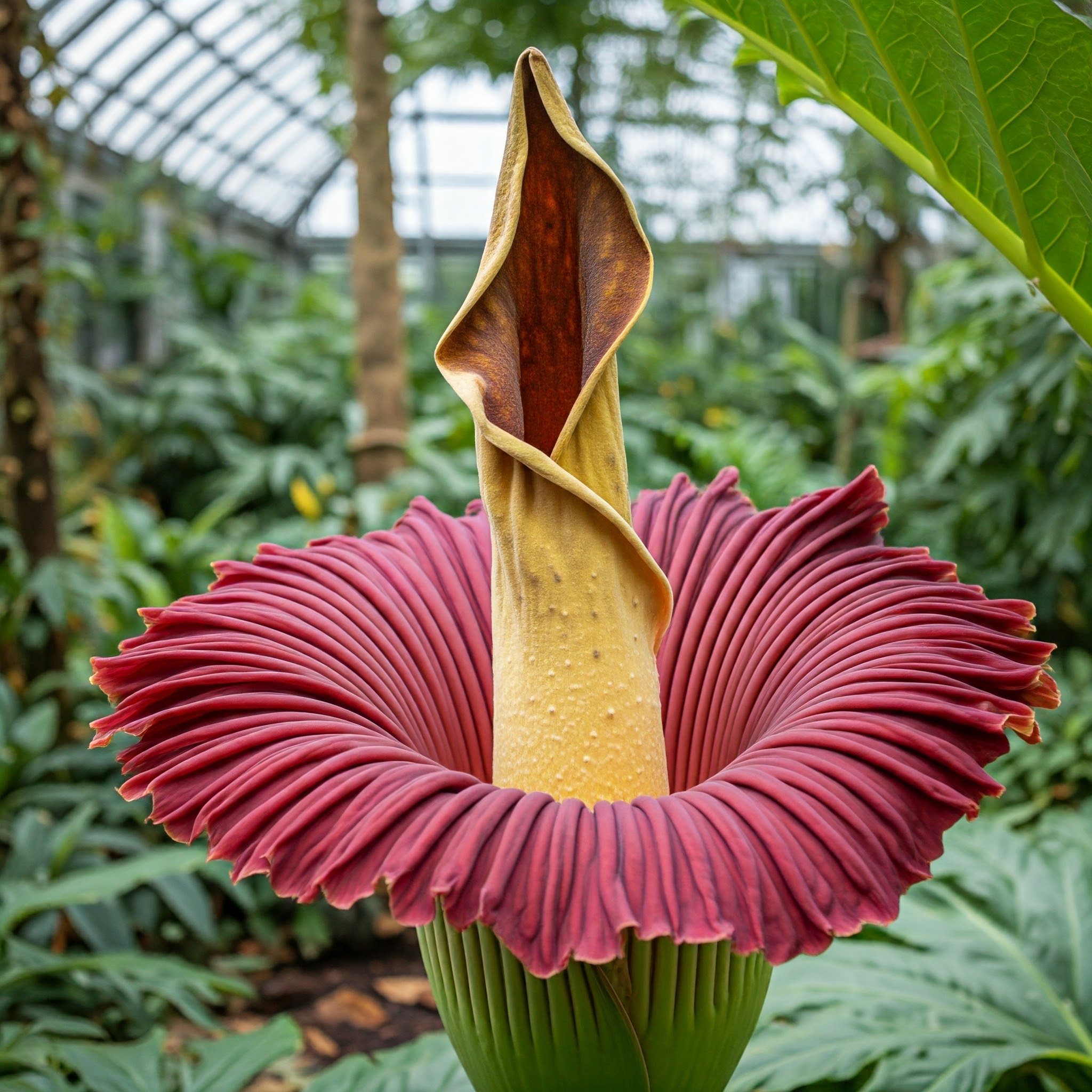Bellflowers, with their delicate cup-shaped flowers in a spectrum of colors, are a favorite among gardeners. These low-maintenance beauties add a touch of elegance and whimsy to any garden. But don’t let their delicate appearance fool you – bellflowers are surprisingly easy to grow, even for novice gardeners. This comprehensive guide will equip you with all the knowledge you need to cultivate thriving bellflowers in your own garden.
Picking the Perfect Spot for Your Bellflowers
Bellflowers come in a variety of species, each with slightly different sunlight preferences. However, most varieties thrive in locations receiving full sun to partial shade.
- Full Sun: Ideal for taller bellflower varieties like Campanula poscharskyana (Carpathian Harebell) and Campanula medium (Canterbury Bells). Sunlight ensures strong stems and abundant blooms.
- Partial Shade: Perfect for shorter bellflower varieties like Campanula portenschlagiana (Dalmatian Bellflower) and Campanula carpatica (Carpathian Bellflower). Afternoon shade protects these varieties from the harshest sun, especially in hot climates.
Considering Your Climate
While most bellflowers are cold-hardy, some alpine varieties, like Campanula cochleariifolia (Spoonleaf Bellflower), prefer cooler temperatures and well-drained soil. Research the specific needs of your chosen variety to ensure optimal growth.
Preparing the Soil for Bellflower Success
Bellflowers require well-draining soil to prevent root rot. Here’s how to prepare the perfect bed for your bellflowers:
- Drainage Test: Dig a hole about 8 inches deep and fill it with water. If the water drains completely within a few hours, the drainage is adequate. If the water remains stagnant, amend the soil with sand or composted organic matter to improve drainage.
- Soil pH: Most bellflowers prefer slightly acidic soil with a pH between 6.0 and 7.0. A simple soil test kit can help you determine your soil’s pH. If necessary, you can adjust the pH by adding lime to raise it or elemental sulfur to lower it.
- Soil Amending: Enrich the soil with aged compost or organic matter to provide essential nutrients for healthy plant growth.
Amending Soil for Bellflowers
| Soil Condition | Amendment |
| Heavy Clay Soil | Sand, Compost |
| Sandy Soil | Compost, Aged Manure |
| Alkaline Soil (pH above 7.0) | Elemental Sulfur |
| Acidic Soil (pH below 6.0) | Lime |
Planting Your Bellflowers: Seeds or Transplants?
You can cultivate bellflowers from seeds or by transplanting established seedlings.
- Planting Seeds:
- Sow seeds indoors in late winter or early spring for transplanting outdoors after the last frost.
- Alternatively, direct sow seeds outdoors in late spring or early summer.
- Lightly press the seeds into the soil and keep them moist until germination.
- Thin seedlings to ensure proper spacing as they grow.
- Transplanting Seedlings:
- Purchase bellflower seedlings from a nursery or garden center.
- Transplant them outdoors in spring or fall, ensuring the soil temperature is consistently above 50°F (10°C).
- Space seedlings according to the mature size of the chosen variety.
Planting Depth and Spacing
Planting depth and spacing will vary depending on the bellflower variety. As a general rule, plant seeds at a depth of twice their width. For established seedlings, plant them at the same depth they were growing in their containers.
Sample Planting Depth and Spacing for Bellflowers
| Bellflower Variety | Planting Depth | Spacing |
| Campanula carpatica (Carpathian Bellflower) | ¼ inch | 12 inches |
| Campanula medium (Canterbury Bells) | ½ inch | 18 inches |
| Campanula poscharskyana (Carpathian Harebell) | ¼ inch | 15 inches |
Watering and Feeding Your Bellflowers

- Watering: Bellflowers are moderately drought-tolerant once established. Water regularly during the first year of growth, especially during hot, dry periods. Aim to keep the soil consistently moist, but not soggy. As your plants mature, you can reduce watering frequency, allowing the soil to dry slightly between waterings. A good rule of thumb is to water deeply when the top inch of soil feels dry to the touch.
Maintaining Your Bellflowers for Long-lasting Blooms
Here are some essential maintenance tips to keep your bellflowers thriving:
- Deadheading: Regularly remove spent flowers to encourage continuous blooming throughout the season. Simply pinch or snip off the faded flower heads just below the base of the flower. Deadheading also prevents the plant from setting seed, which can direct energy away from flower production.
- Dividing Perennials: Many bellflower varieties are perennials, meaning they return year after year. Clumps of perennials can become congested over time. Dividing these clumps every 3-4 years helps maintain healthy growth and promotes flower production.
- Pest and Disease Control: Bellflowers are generally resistant to pests and diseases. However, they can be susceptible to problems like aphids, slugs, and powdery mildew. Practice good gardening hygiene, such as removing debris around the plants, to discourage pests. In case of infestation, use organic pest control methods whenever possible.
Winter Care
Bellflowers are cold-hardy and can withstand freezing temperatures. In colder climates, you can apply a layer of mulch around the base of the plants in late fall to provide additional winter protection.
Enjoying the Beauty of Bellflowers
Bellflowers bring a touch of charm and elegance to any garden. Here are some ways to enjoy these delightful flowers:
- Companion Planting: Bellflowers pair beautifully with other flowering plants like lavender, phlox, and yarrow. You can also plant them alongside ornamental grasses for added texture and movement in your garden beds.
- Cut Flowers: Bellflowers are excellent cut flowers, lasting up to a week in a vase.
Conclusion
Bellflowers are a rewarding addition to any garden. With their ease of care and stunning blooms, they offer a delightful option for both novice and experienced gardeners alike. By following the tips outlined in this guide, you can cultivate thriving bellflowers that will bring a touch of magic to your garden for years to come.




